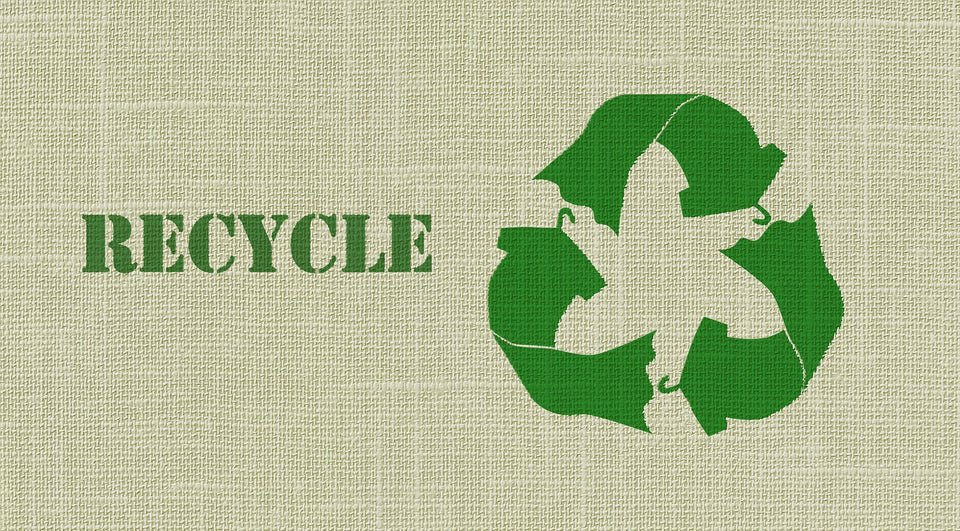Textile recycling can be a bit more difficult than other types of recycling, like paper or plastic. Recycling clothing is an excellent way to start eliminating textile waste and protect the environment.
At the beginning of a new season, it is fun to bring different clothes to the front of our closets and begin wearing seasonal favourites again. Some pieces are associated with great memories, and others we just love to wear.
But inevitably, there will be a few pieces that don’t appeal to you anymore. Perhaps, they are no longer in style, they don’t fit as well, or they have simply gotten tiresome. It is on these occasions that you think of recycling your old clothes.
There has certainly never been a greater need for environmentally conscious clothes disposal. Each year across the world, 92 million tons of textile waste is dumped into landfills, and it’s anticipated that amount could rise to 134 million tons by 2030.
The fashion industry is responsible for emitting about 1.2 billion tons of greenhouse gases annually. In addition to the air pollution, the textile and fashion industries use water to produce fast fashion and contaminate water sources with chemical runoff.
You can help offset that damage by recycling the clothing you don’t wear regularly. Materials can be recycled from discarded clothing and used to produce new ones.
Is Clothing Recyclable?
Clothing is recyclable. Depending on the material, an item might be repurposed into new apparel or used to make a completely different item. For example, polyester athletic apparel can be transformed into new leggings. Wool sweaters can be made into woollen accessories.

Old garments are gathered, sent to a facility and separated into three categories: rags, fibre, and reuse. Natural fibres are divided by colour, so the items do not need to be redyed. The items may be torn and reduced to threads that are then interwoven into other spools.
About half of all donated apparel can be reused. The items may be sent to developing countries, reintroduced as materials, or sent to industrial facilities as rags. Fibres are also used for mattresses, furniture, loudspeakers, insulation, and more.
Why is Recycling Clothes Important?
During the past few decades, the world’s relationship with clothing has changed. Fast fashion can be found in nearly every shopping mall and online clothing store. These manufacturers are mass producing clothing that can be made as quickly and cheaply as possible.
Fast fashion’s rapid, low-cost production of billions of garments have resulted in large-scale societal, environmental, and humanitarian effects. Effects that we all have a responsibility to help remedy.
The Benefits of Recycling Clothes
Recycling clothing is an excellent way to start eliminating textile waste and protect the environment. There are a variety of reasons to recycle unwanted garments:
- Reduce greenhouse gases. From production to the landfill, fast fashion emits tons of carbon dioxide and methane into the atmosphere.
- Conserve energy and finite resources. Producing new garments consumes extravagant amounts of resources while emitting contaminants. Recycling reduces the constant need for essential resources.
- Save landfill space. It can take up to 200 years for one piece of clothing to deteriorate in the landfill. Not only that, but synthetic fibres can release gases and chemicals into the atmosphere and pollute the earth.
- Prevent plastics from contaminating drinkable water supplies. A lot of clothing contains microplastics that negatively impact every ecosystem they touch.
- Use less harsh chemicals and dyes. Textile dying contributes to water pollution because dyes either don’t degrade or produce hazardous substances as they decompose.
By reusing existing textiles and materials, the need for growing, harvesting, and manufacturing raw resources like oil and cotton is reduced. Recycling means that fewer resources are required at the time of production.
What is the Best Way to Recycle Clothing

You can probably think of several items that you want to recycle, and here are a few ways to recycle clothing:
Donate
Local Salvation Army and Goodwill centres are always looking for gently used clothing. Donations to these organisations are tax deductible, and if they aren’t able to resell an item, they donate it to the nearest textile recycling centre.
Sell
Some retailers, such as Patagonia, Madewell, DSW, and H&M, have programs that will give you money, discounts, or store credits for items you no longer want. Many of these programs give donated items to underprivileged communities before sending the rest to recycling centres. There are also apps like ThredUp that allow you to sell items right from your closet.
Here are a few stores that accept clothing:
- The North Face
- Levi’s
- Madewell
- American Eagle (denim only)
- REI
- Eileen Fisher
- Uniqlo
- Arc’teryx
- For Days
- Nike
- FABCYCLE (US and Canada)
- Marks and Spencer (UK)
- Upparel (AUS and NZ)
Textile Recycling
Textile recycling can be a bit more difficult than other types of recycling, like paper or plastic.
Some apps, such as Recycle Now and Earth911, can help you find textile recycling centres in your area.
The Bra Recyclers or Knickey are great resources for bras and other lingerie in need of recycling.
Recycling Clothes: The Right Way

When you next have a pile of clothes that you no longer want, you now have the information you need to discard the items in a convenient and environmentally friendly way.
If many of us band together and commit to take these and other small steps of conservation, it will have a ripple effect that changes our environment and our world.








